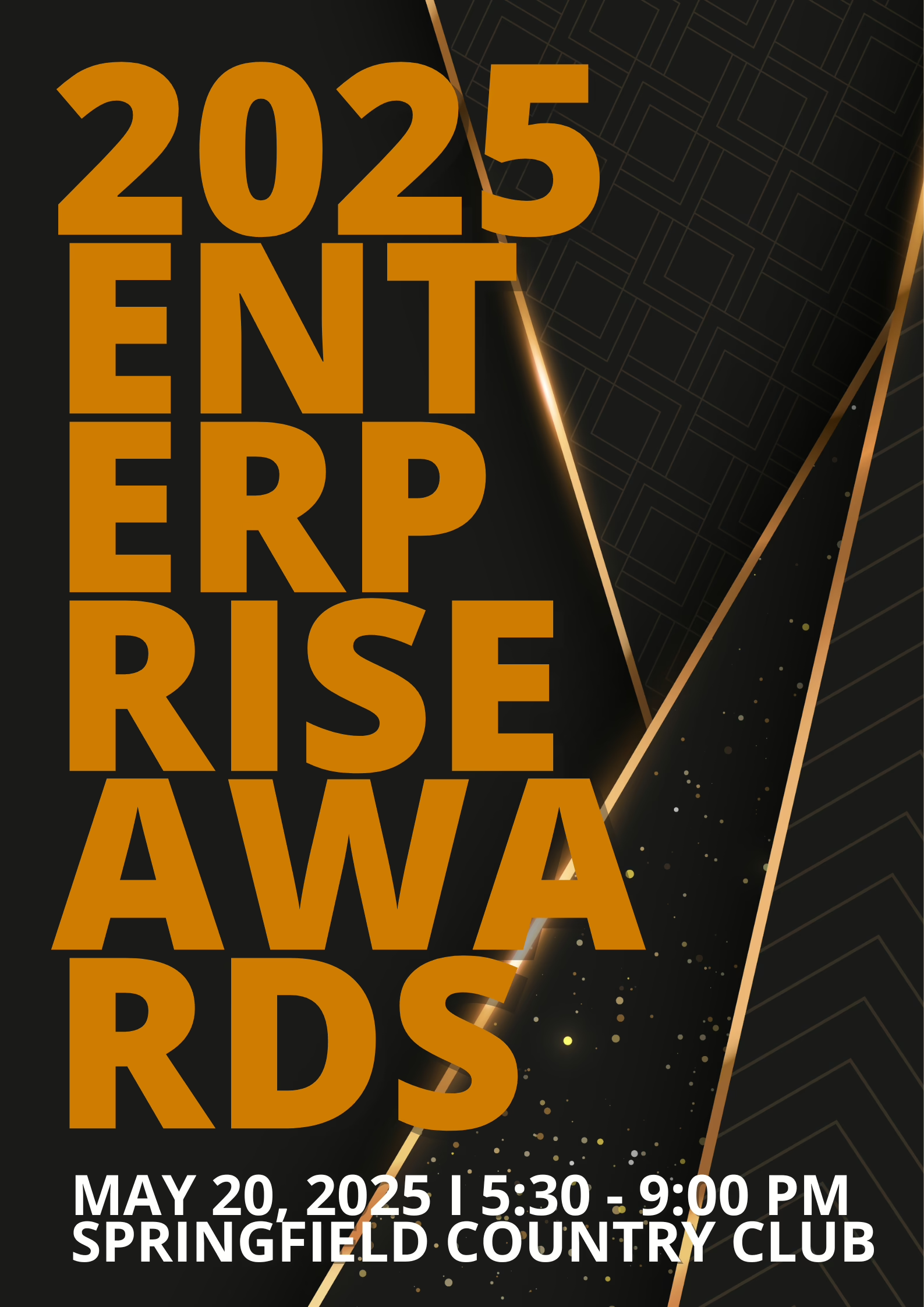4 best practices for employee coaching
By: Tom Cox, Partner, Wipfli LLP, Organizational Leadership
One of the most underutilized tools in the developmental toolkit is employee coaching. There are plenty of mentors in the workplace, but a true coach is far less prevalent. This is largely because coaching an employee is difficult to do — and certainly difficult to do well. And yet, when done well, there is no developmental activity that creates more powerful and more long-lasting impact for your employees.
Given this impact, coaching should really be a part of every single employee’s development plan. And every leader in the organization should be coaching employees to drive their development, especially since the development of people is a leader’s primary responsibility — and the way in which they best add value to the organization.
Connecting with a coach at work could be analogous to hiring a personal trainer. Imagine if you had a fitness expert, pushing you in your performance and helping you establish the right habits and frequency of engagement.
Beyond the mechanics of improving performance, a good trainer (and coach) would help to reveal the weak spots that hinder your progress and keep you from achieving your best self. Clearly you would reach your goals faster and be better for it.
Mentoring vs. coaching
There is nothing wrong with mentoring employees to help develop them. Particularly for younger employees earlier in their careers, mentoring can help orient expectations and build the foundation of necessary skills for advancement.
Mentoring relies on a more experienced employee offering insight and guidance to a less experienced employee to accelerate learning and avoid common snares. In this capacity, mentoring plays a critical role and should remain a part of development over the professional lifetime of the employee.
But mentoring and coaching are different kinds of developmental activity, best distinguished by the method of engagement with the employee. By its nature, employee coaching seeks to help the employee to truly learn, instead of being taught.
This learning is created by insisting that the employee discover the solution for themselves — a process led and supported by the coach — with good questions that drive the employee to uncover the solution for themselves.
This shift in focus, from handing them an answer to driving them to discover the answer, can’t be overestimated. Not only do you increase the longevity of the learning, you also build critical problem-solving skills with a lifelong contribution.
The net outcome from this employee coaching practice is improvement in their current role, and equally important, the opportunity to advance beyond their role as they progress.
How to coach an employee
There are numerous ways to embark on coaching, including structured approaches that comprise formal leadership coaching certifications. But, at the root of it, all good approaches involve these four best practices:
- Establish regular employee coaching sessions
Coaching an employee requires consistent work, just like personal training at the gym. Establishing a regular cadence allows you to explore a range of needs and goals. It also affirms for the coachee that leadership development is important. While a specific schedule will depend on the needs of your business, meeting biweekly, or, at a minimum, once per month, creates consistency and rapport. - Create a transparent, open environment
Obviously, little constructive work can be accomplished in an environment where an employee feels subject to criticism and judgement. It won’t be effective if they don’t feel comfortable bringing forward personal challenges, doubts, or struggles.
Your role as a coach is not to agree with an employee’s perspective, but to validate their right to own their feelings and express those feelings within the confines of the coaching arena. There is tremendous value in simply establishing a relationship founded on deep trust and acceptance, as this foundation allows for the building of more complex problem-solving between coach and coachee. - Set goals beyond day-to-day goals
While there are instances where a session may devolve — or need to devolve — to address an important issue of the moment, the most effective employee coaching is framed around a set of specific goals or needs that extend beyond the day-to-day.
There’s nothing wrong with discussing priorities or tactical business, but coaching sessions should be designated for broader objectives. Cordoning off time to specifically address employee development is necessary if real development is going to occur.
For example, a goal could be learning how to set appropriate priorities. The focus of the coaching session(s) would then include helping the employee explore the reasons why prioritization is challenging and create their own solutions or fixes and then following up on their personal assessment of progress. Regardless of the specific topic, the focus of the coaching session should be on evolving the employee’s capacity to problem-solve and create their own solution. - Using good open-ended questions
To drive true development, coaches need to refrain from providing ready-made answers. Instead, you must use good questions to coax problem-solving efforts from your employees.
Extending our prioritization example, a good coach would not prioritize for the coachee. Instead, they would ask the employee a series of questions, such as:- Which tasks would you prioritize and why?
- What can you anticipate as the outcome of prioritizing that task?
- What are the consequences of prioritizing this task over another?
- Which priorities will best accelerate (or complement) our team goals? Or best impact the strategic objectives of the organization?
Responding to these questions forces the employee to engage with the problem directly, sort through answers and provide solid reasoning for their choices.
And, as the last question points to, the format can provide a way to stretch beyond daily tactics and explore the larger strategy of the team or the organization. This is a key outcome of the process — ensuring that coachees understand and relate their individual efforts to the overall objectives of the organization.
Coaching at work is one of the most powerful ways to develop your employees. Establishing a regular coaching practice sends a signal to employees that their development is important and provides a forum in which that development can occur in a structured way. When that space allows employees to openly share their challenges and explore concerns, without judgement or criticism, and further presses them to deeply consider these issues and create their own solutions, then real, lasting development occurs.
This development, in turn, is what allows employees to not only improve in their current role, but to prepare for and evolve into future roles in the organization. As leaders, the development of your people is your primary responsibility and the function of leadership. Employee coaching, then, is one of the most important tools you have to achieve this and a practice that needs to be a part of your regular engagement with your team members.
Transform your leaders
In today’s competitive landscape, leadership on every level is paramount. Are your leaders equipped to navigate the complexities you face? Are your leaders and business strategies in lockstep?
With Wipfli’s Leadership Essentials, they will be. Our program is meticulously crafted to transform supervisors from capable to exceptional. Our team connects leadership training to measurable outcomes, using validated assessments, action plans and reinforcement techniques. Learn more about Leadership Essentials. Please contact us if you would like additional information.
Sign up here to receive additional content and information in your inbox or click below to see related articles:
- 3 steps to succeeding as a new leader
- Getting the performance review process right
- 10 areas to consider when implementing your succession management plan






